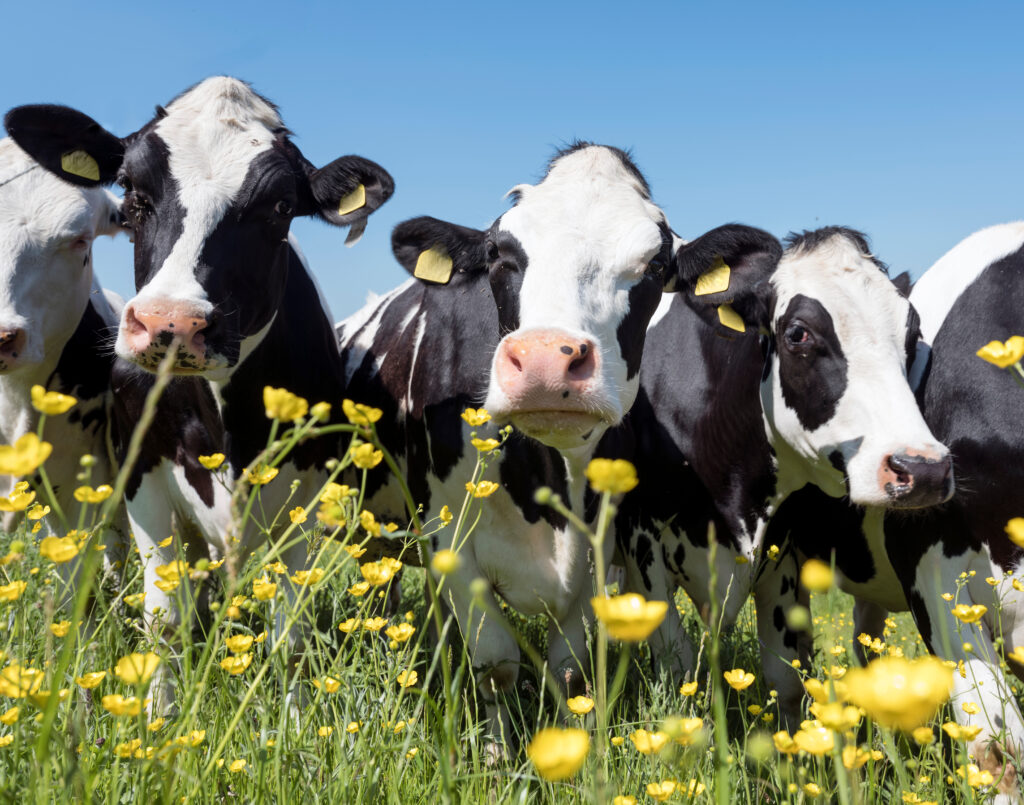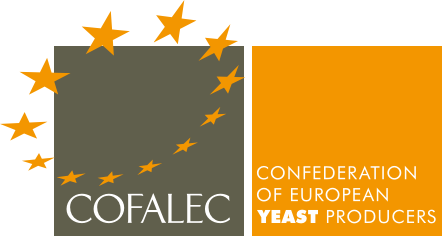Bread: As the yeast ferments, it produces carbon dioxide, which is incorporated into the dough and causes it to rise. Fermentation also produces volatile aromatic compounds that contribute to the bread’s subtle and complex flavour profile. Fermentation also breaks down some of the indigestible sugars in the flour, such as fructans, into fructose and glucose. Bread plays a major role in the daily diet of many European countries.
Wine, beer and spirits: during alcoholic fermentation, yeast transforms sugar into alcohol and flavouring compounds.
Natural flavour ingredients: rich in amino acids such as glutamic acid and nucleotides, yeast extracts have the ability to enhance the taste of food. This naturally occurring culinary ingredient enables the amounts of salt, sugar and fat added to foods to be reduced while preserving their flavour characteristics. It creates a sensation of roundness and creaminess on the palate, helping to enrich and complexify the flavours of dishes (“kokumi” taste), enabling pleasure and health benefits to be combined!
Nutritional yeast: is an excellent food supplement, particularly recommended for vegetarians as it is rich in complete proteins, fibre, B-complex vitamins (B1: thiamine, B5: pantothenic acid, B9: folate), potassium, and zinc, while being low in sodium and free of saturated fat. Some vitamin B12-enriched nutritional yeasts are particularly suitable for people following a vegetarian or vegan diet, as vitamin B12 may be lacking in this type of diet.
Alternative protein source to meat: yeast is used as an alternative protein source in vegetarian dishes to replace dairy and meat-based products.
Probiotics: certain strains of yeast, when consumed in their active form as probiotics, have proven benefits for human health. They combine several actions that promote healthy gut microbiota and help maintain the intestinal barrier. They also promote digestive comfort in the face of recurrent digestive disorders.




Biofertilizers: yeasts and yeast derivatives, combined with other microorganisms, are used to enrich plant nutrition. These yeast-based ingredients have three types of action: stimulation of the biological activity in the soil, improvement of the bioavailability of soil nutrients, and interaction with the plant phytobiome.
Biostimulants: yeast in combination with other microorganisms can be used as natural biostimulants and act positively on plants’ metabolism, stimulating functions at key moments in their development. This allows plants to better withstand stress, and so helps to improve crop yields.
Biofungicides: yeasts are used to replace certain chemical fungicides and protect plants against harmful fungi by activating their natural protection mechanisms. In this way, plant protection does not have any adverse effects on the environment or the health of farmers.
Probiotics for animal health: beta-glucans present in the cell walls of yeast are natural stimulators of the immune system: used in animal feed, they help to reduce the use of antibiotics in livestock farming and thus contribute to reducing antibiotic resistance in humans.
Advanced biofuels: certain strains of yeast can convert plant carbohydrates and agricultural waste into biofuels, with a view to replacing fossil fuels.
Yeast is capable of naturally metabolising many molecules in its environment, such as sugars, lipids and amino acids. In doing so, it produces derivatives that are in part necessary for its growth.
Today, these biochemical microfactories are used to industrially produce, in an environmentally friendly way, active molecules in the health, nutrition, materials chemistry and energy sectors.
The synthesis of pharmaceutical molecules
One of the flagship achievements in the human health sector dates from the early 2000s with the development of a strain of yeast capable of producing a human hormone: hydrocortisone.
In the treatment of diabetes, a large proportion of the insulin available in pharmacies today is also obtained thanks to the cellular metabolism of yeast.
A supplier of natural “medicines”
Yeast naturally synthesizes many beneficial molecules such as antioxidants and anti-inflammatories. Once purified, these molecules, including glutathione and S-adenosyl methionine (SAMe), are widely used in human and animal nutrition and health.

Yeast is a eukaryotic microorganism: bounded by a plasma membrane, a yeast cell contains various cytoplasmic organelles, including mitochondria, which represent the cell’s source of energy, and a nucleus which contains its genetic information. It functions in a similar way to human cells. For example, half of the genes in the yeast Saccharomyces cerevisiae are similar to those in mammals. But unlike humans, whose bodies are made up of billions of cells, yeast is single-celled.
It is therefore commonly studied in research into human metabolism and genetics. Yeast has played a role in:
Two Nobel Prizes in Physiology or Medicine were recently awarded, in 2001 and 2009, to researchers whose work with yeast has enabled fundamental aspects of how human cells function to be understood.
But a large part of this field of research remains unexplored: the function of a quarter of yeast genes remains unknown, and numerous mechanisms have yet to be deciphered… Challenges to which the dynamic scientific “yeast community” will no doubt rise!
